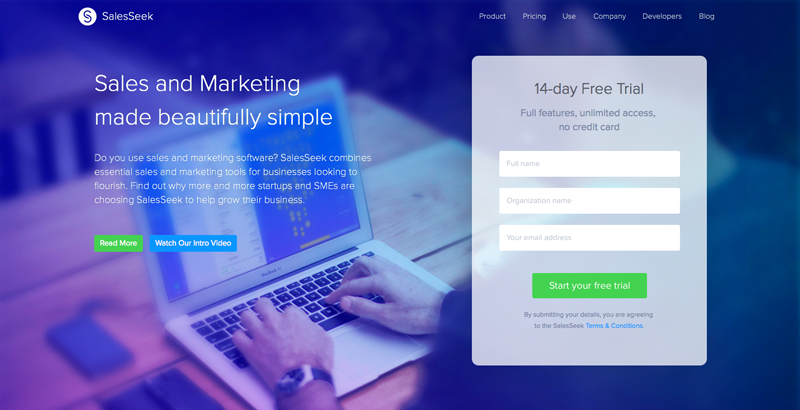In the past few years we have seen fewer people choosing to use desktop computers for searches as we truly start getting into mobile. SalesSeek launched it’s mobile app last year and Google saw ‘more searches take place on mobile devices than on computers in 10 countries including the US and Japan’. Simultaneously we are now being exposed to more Digital Assistants and bots than ever before.
Think Siri, Cortana, Google Now, Facebook’s M. Platforms like Slack are investing in app stores, welcoming all kinds of integrations and digital assistants into these online marketplaces.
As all of this takes place it’s easy for us to continue business as usual. However, what’s happening under the surface here is a big shift in the way we should create content and SEO. In the not too distant future we won’t need to search for something to find answers, this process will be seemingly integrated with Digital Assistants.
We will see people move to a new kind of search engine. One that is more instant, conversational and intuitive.
So how do we optimize our content for Digital Assistants?
Here are a few things to keep in mind:

- Make your content more conversational, searches using Digital Assistants are becoming more human, so it’s important to get those keywords and phrases you use to be linked to that of the search being made.
- Your content needs to be rich and interesting, not dull and obvious. Don’t worry about providing general or even generic information, bots and the like will easily provide this without having to search through various articles or blogs. People are educating themselves more and more before deciding which product to buy.
- Include more photos and videos. At the moment Digital Assistants still have to route directly to the source when it comes to visual content. With the average watchtime of B2B videos increasing by over 52% in the last few years, it’s crucial to provide useful and entertaining content through this medium. We use Wistia to host and help track our video stats. Here is some fun content we experimented with over Valentine’s Day.
As well as technological trends that are happening it’s also important to acknowledge some commonly believed myths. Google shared some interesting data, some of the takeaways being:
- Content should be prioritised more and more for mobile users.
- B2B researchers are getting younger! Speak their (our) language.
- Management is taking a back seat (instead, think facilitators) with ‘non c-suite’ having the final say in purchasing decisions.
- On average, B2B researchers do 12 searches prior to engaging on a specific brand’s site.
- Video is watched during the entire path to purchase. Make more video and make them well.

For now, at least, we know that Digital Assistants still have a little bit of work before they completely take over the standard browser-based search engine. As the shift continues so will the expectations of users and therefore so will all of us.
It will also most likely mean a decrease in site visits, that’s why it’s important to have a good spread over various different social networks and platforms. At SalesSeek we believe having a strong online presence that provides real value to customers is the best approach. Of course, it can’t hurt to keep all of the above in mind though.
Take advantage of a 14-day free trial of SalesSeek. Start your free trial with SalesSeek today.

